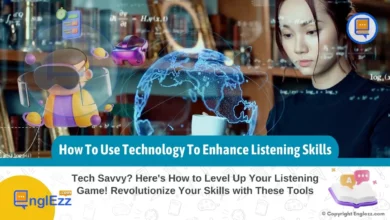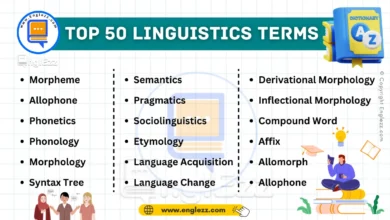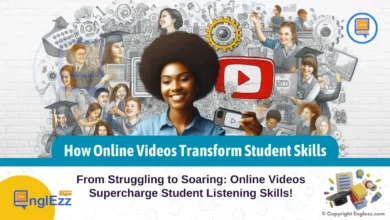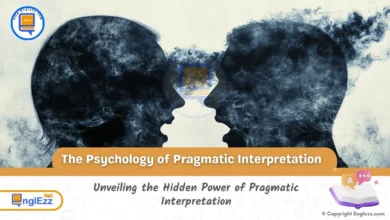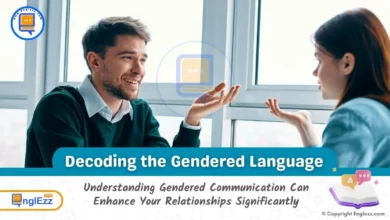In the ever-evolving landscape of education, a significant transformation is underway, redefining traditional classroom dynamics and pedagogical approaches. A seismic shift towards the integration of interactive teaching tools has revolutionized the educational experience, ushering in an era where technology plays a pivotal role in enhancing student engagement and learning outcomes.
This paradigmatic change reflects a nuanced understanding of how contemporary learners thrive in interactive and dynamic learning environments that transcend rote memorization and passive reception of information.
Interactive Teaching Tools: Reinventing the Classroom Experience
The imperative to incorporate technology and interactive methods into educational practices stems from a growing recognition of the multifaceted benefits they offer in fostering deep-rooted comprehension and active participation among students. By bridging the gap between theoretical knowledge and practical application, interactive tools not only invigorate classrooms with experiential learning opportunities but also empower educators to cater to diverse learning styles effectively.
As such, this transformative shift underscores the intrinsic value of leveraging technological innovations as potent facilitators for cultivating critical thinking skills, collaboration abilities, and sustained engagement within educational settings. Sophisticated yet accessible, these tools hold the promise of optimizing cognitive processes while nurturing a culture of inquiry and exploration in the academic sphere.
The Role Of Interactive Teaching Tools In Acquisition
The infusion of interactive teaching tools in education plays a pivotal role in bridging the chasm between theoretical learning and real-world applications. By integrating technology such as virtual labs, simulations, and educational games into traditional lesson plans, educators can offer students immersive experiences that transcend mere textbook knowledge. For instance, physics concepts like Newton’s Laws or chemical reactions are comprehended more profoundly when students engage in simulating experiments through digital platforms rather than passively reading about them. This active participation fosters a deeper understanding of complex topics by allowing students to explore cause-and-effect relationships firsthand.
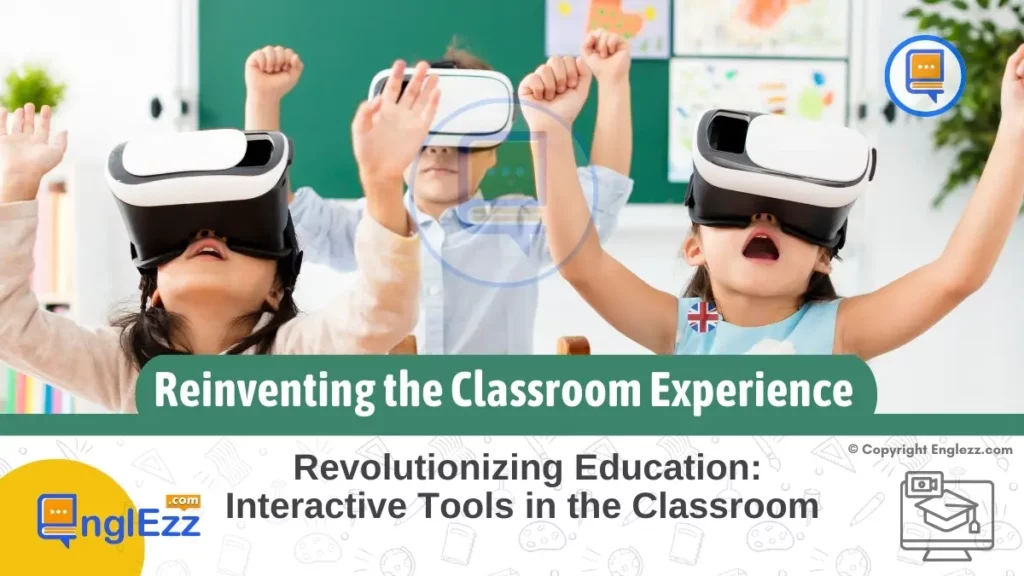
Hands-on activities and simulations featured in interactive tools have proven to be instrumental in nurturing profound comprehension among learners. When students engage in practical experiments or manipulate virtual models to visualize abstract theories, they internalize the knowledge better compared to passive listening or reading. Research indicates that experiential learning enhances memory retention and cognitive engagement by stimulating multiple senses simultaneously, reinforcing neural connections related to the newly acquired information. Therefore, platforms that offer interactive simulations tailored to different subjects—from scientific laboratories to historical reenactments—empower students with experiential opportunities that solidify their grasp on academic concepts.
Numerous case studies exemplify successful integration of interactive teaching tools across diverse educational settings worldwide. For example, schools leveraging coding apps like Scratch for computer science instruction witness heightened student interest and proficiency due to the dynamic and engaging nature of the tool. Similarly, language classes incorporating language-learning software with interactive exercises experience improved language retention rates among learners.
These cases underscore how adopting innovative teaching approaches through interactive tools not only enriches classroom experiences but also catalyzes measurable enhancements in student learning outcomes across a spectrum of disciplines. Such success stories serve as beacons guiding educators towards effectively incorporating these tools into their pedagogical practices for optimized student engagement and achievement.
Technology Integration in the Classroom
In the modern educational landscape, the integration of technology into lesson plans has become a pivotal aspect of effective teaching methodologies. To successfully incorporate technology, educators can employ strategies such as blended learning models that combine traditional classroom instruction with online resources and tools. By leveraging digital platforms and applications, teachers can create interactive lessons that cater to diverse learning styles, fostering a more engaging and personalized educational experience for students.
Prioritize training and professional development opportunities for educators to enhance their proficiency in utilizing interactive teaching tools effectively.
The impact of technology on student collaboration and critical thinking skills is profound. Through collaborative online projects, virtual discussions, or shared documents, technology enables students to work together regardless of physical proximity, promoting teamwork and communication skills essential for success in the digital age. Furthermore, technology-driven activities challenge students to think analytically and creatively, enhancing their problem-solving abilities and nurturing a deeper understanding of complex concepts across various subjects.
Despite the numerous benefits associated with technology integration in education, educators often face challenges when implementing these innovative teaching methods. Issues such as limited access to devices or internet connectivity disparities among students can hinder equitable participation. Additionally, some educators may require ongoing professional development to effectively utilize new technologies in their lesson plans. Overcoming these challenges necessitates comprehensive support structures at both institutional and policy levels to ensure that all students have equal opportunities to benefit from educational technologies.
Gamification: The Power of Game-Based Learning
Gamification, the practice of incorporating game elements into non-game contexts, offers a powerful tool for educators to enhance student engagement and motivation. By leveraging intrinsic motivators like competition, rewards, and progress tracking, gamified educational experiences can transform the learning process from passive consumption to active participation.
Studies have shown that when students are immersed in a gamified environment, they exhibit higher levels of enthusiasm, perseverance, and willingness to tackle challenges compared to traditional instructional methods. For example, language learning applications like Duolingo use gamification by awarding points for completing lessons and leveling up, creating a sense of accomplishment that drives continued engagement.
Research in educational psychology underscores the efficacy of gamified approaches in promoting deeper learning outcomes. By tapping into learners’ natural inclination towards play and exploration, game-based learning experiences stimulate cognitive processes such as critical thinking, problem-solving, and decision-making. Furthermore, the immediate feedback mechanisms inherent in many games provide valuable information to students about their performance, facilitating self-assessment and reflective learning practices.
An illustration can be seen in platforms like Kahoot!, where students answer quiz questions in real-time using their devices while receiving instant feedback on their responses—a feature that not only enhances engagement but also allows teachers to assess comprehension levels efficiently.
Implementing game-based learning strategies requires careful consideration of pedagogical goals and alignment with curriculum objectives. Educators should design gamified activities that strike a balance between challenge and skill level to sustain learners’ interest without overwhelming them. Additionally, fostering a supportive competitive environment rather than a solely individualistic one can promote collaboration and teamwork among students.
In this context, educational escape rooms have gained popularity as interactive challenges where teams work together to solve puzzles related to academic content within a time limit—a format that cultivates communication skills and encourages collective problem-solving strategies essential for success in modern workplaces. Ultimately, by harnessing the inherent appeal of gaming mechanics, educators can revolutionize traditional teaching paradigms and create dynamic learning environments that cater to diverse learner preferences while achieving meaningful educational outcomes.
Interactive Tools for Student Engagement
In the realm of education, incorporating interactive tools that align with diverse learning styles and preferences is essential to foster student engagement. For instance, digital storytelling platforms like Adobe Spark enable students to create multimedia presentations integrating text, images, and audio, catering to both visual and auditory learners. Similarly, educational apps such as Kahoot! and Quizlet provide interactive quizzes that appeal to kinesthetic learners through hands-on activities. These tools not only cater to different learning modalities but also offer opportunities for personalized learning experiences tailored to individual student needs.
When considering the spectrum of engagement in educational settings, it is crucial to distinguish between passive consumption of content and active participation facilitated by digital resources. While passive engagement involves students passively receiving information through lectures or readings, active engagement requires students to interact with the material actively. For example, utilizing virtual labs in science classes allows students to conduct experiments virtually, promoting active learning compared to traditional methods. By encouraging students to manipulate variables and observe outcomes in real-time, interactive tools promote a deeper understanding of complex concepts.
Selecting appropriate interactive tools based on specific learning objectives and student requirements is a nuanced process that educators must navigate thoughtfully. One effective strategy involves aligning the tool’s features with the intended educational outcomes—for instance, using Padlet for collaborative brainstorming sessions fosters creativity and teamwork skills among students.
Foster a culture of experimentation and continuous improvement in implementing technology-driven teaching strategies within educational institutions.
Moreover, considering factors such as technological accessibility and student familiarity with the tool is crucial for seamless integration into classroom activities. By customizing interactive tools to suit instructional goals and learner preferences effectively, educators can enrich the teaching-learning process and enhance overall student engagement levels.
Innovative Teaching Approaches with Interactive Tools
Virtual Reality (VR) and Augmented Reality (AR)
In the realm of modern education, cutting-edge technologies like virtual reality (VR) and augmented reality (AR) are revolutionizing traditional teaching methods. By immersing students in interactive digital environments, these tools offer unparalleled opportunities for experiential learning. Through VR headsets, students can travel through historical events or explore intricate scientific concepts firsthand, bridging the gap between theoretical knowledge and practical understanding. Likewise, AR overlays digital information onto the physical world, enabling educators to create engaging and interactive lessons that captivate students’ attention and enhance retention rates.
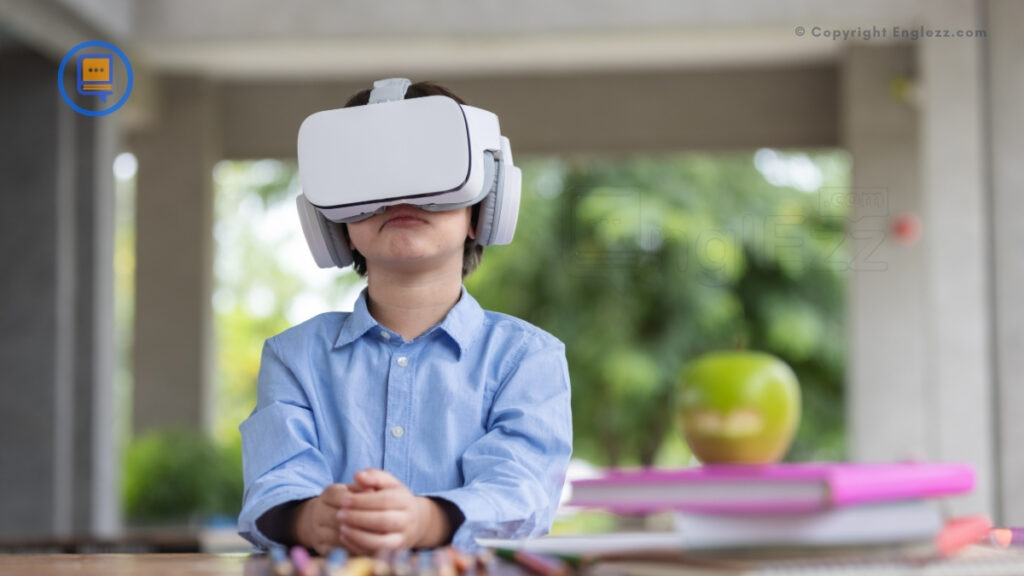
Interactive Whiteboards
Interactive whiteboards stand out as another transformative tool reshaping classroom dynamics. These digital displays not only replace traditional chalkboards but also open up a world of possibilities for dynamic, multimedia-rich lessons. Teachers can incorporate videos, animations, interactive quizzes, and collaborative activities seamlessly into their lectures, fostering active student participation and enhancing information retention. Interactive whiteboards encourage visual and kinesthetic learning styles while promoting critical thinking skills through problem-solving tasks that require manipulation on the board—a stark departure from passive note-taking approaches.
Integration of Real-time Feedback Mechanisms
Furthermore, the integration of real-time feedback mechanisms via digital platforms has significantly personalized the learning experience for students across diverse educational settings. With instant access to performance data and tailored recommendations based on individual progress, educators can provide timely interventions where needed. Adaptive learning software tracks each student’s interactions with the material and customizes subsequent challenges to match their proficiency levels accurately. This tailored approach ensures that learners receive targeted support to address their specific learning gaps effectively, leading to improved outcomes and a more student-centric educational framework moving forward.
Future Trends and Challenges in Educational Technology
As we look ahead to the future of educational technology, several key trends are poised to reshape classrooms and instructional approaches. One significant advancement is the continued integration of artificial intelligence (AI) and machine learning algorithms into educational tools. These technologies have the potential to personalize learning experiences by analyzing student data to provide tailored feedback and adaptive instruction. For example, platforms like ScribeSense use AI to analyze students’ writing skills and offer real-time feedback, enhancing the teaching process by pinpointing areas for improvement with precision.
Alongside technological progress comes heightened concerns regarding data privacy and security in educational settings. With interactive tools collecting a vast amount of student data, educators must navigate the delicate balance between leveraging these insights for academic gains while safeguarding sensitive information. Implementing robust data protection measures, such as encryption protocols and secure storage systems, becomes imperative to uphold ethical standards and ensure student confidentiality. Institutions need clear policies on data handling and must prioritize transparency in communicating how student information is utilized within interactive platforms.
Regularly assess the efficacy of different interactive tools based on student feedback and academic performance indicators.
In navigating the landscape of educational technology, it is essential for educators to adopt a balanced approach that harmonizes innovative tools with traditional teaching methodologies. While interactive tools offer invaluable benefits in engaging students and fostering deeper learning experiences, they should complement rather than replace fundamental pedagogical practices.
By seamlessly integrating interactive tools within existing frameworks, educators can harness the power of technology while preserving time-tested teaching strategies that form the foundation of effective education. The future lies in striking a synergistic balance between innovation and tradition, ensuring that students receive a comprehensive educational experience that caters to their diverse needs and promotes holistic growth.
Sum Up
In short, the integration of interactive teaching tools has emerged as a transformative force in modern education, offering educators innovative ways to engage students and enhance learning outcomes. As highlighted in this discourse on educational technology trends, the adoption of interactive tools like virtual reality (VR), augmented reality (AR), and gamified learning platforms presents exciting opportunities for creating dynamic classroom experiences. By leveraging these technologies, educators can bridge the gap between theoretical knowledge and practical application, fostering a deeper understanding among students through hands-on activities and simulations.
Moreover, the future of education is intricately linked with the strategic incorporation of technology to facilitate collaboration, critical thinking skills, and personalized learning experiences. Despite the challenges related to data security and privacy concerns associated with interactive tools, there is immense potential for leveraging these resources to create inclusive learning environments that cater to diverse student needs. It is imperative for educators, curriculum developers, and school administrators to embrace a balanced approach that integrates interactive tools while upholding traditional teaching methodologies to ensure comprehensive educational excellence.
As we navigate towards a future where classrooms are reshaped by technological advancements, it becomes evident that interactive teaching tools hold the key to revolutionizing education by transforming conventional instructional practices into dynamic and engaging learning experiences. Embracing these innovations equips educators with powerful instruments to inspire student curiosity, drive academic achievement, and cultivate a culture of lifelong learning in an ever-evolving educational landscape.
Final Tips
In harnessing the power of interactive teaching tools to enhance the classroom experience, educators must prioritize adaptability. Embracing emerging technologies and pedagogical approaches requires a willingness to continually update one’s skill set and explore new resources. For example, attending professional development workshops on interactive tools like educational apps or online platforms can provide valuable insights on effective integration strategies. Cultivating a growth mindset among both educators and students encourages experimentation with innovative tools, fostering a dynamic learning environment that adapts to evolving educational landscapes.
Collaboration is key in maximizing the potential of interactive tools in education. Encouraging dialogue among educators within and across disciplines allows for the sharing of best practices and successful strategies for incorporating technology in diverse curricula. Utilizing collaborative platforms such as virtual classrooms or project management tools can facilitate joint lesson planning and resource sharing among teaching teams. For instance, creating interdisciplinary projects that leverage various interactive tools not only promotes teamwork but also enhances students’ ability to apply knowledge across subjects, fostering holistic learning experiences.
Lastly, promoting digital literacy skills alongside the use of interactive tools is essential for empowering students to navigate an increasingly technology-driven world. Integrating lessons on digital citizenship, online research methods, and critical thinking about media consumption equips learners with the necessary skills to engage responsibly with interactive resources. Providing guidance on evaluating the credibility of online information sources or discerning between reliable educational apps cultivates a sense of autonomy in students when navigating digital platforms for learning purposes. Empowering students with digital literacy skills enables them to harness the full potential of interactive teaching tools while fostering a culture of responsible technological usage in academic settings.
FAQs:
1. Q: Are there risks associated with integrating interactive teaching tools in classrooms?
A: While there are benefits to using these tools, educators should be mindful of potential risks such as digital distractions or issues related to data privacy.
2. Q: How can schools ensure equitable access to interactive tools for all students?
A: Schools can implement inclusive technology policies, provide resources for underprivileged students, and offer training programs to bridge any existing digital divides.
3. Q: What are some best practices for selecting suitable interactive tools for diverse learning styles?
A: Educators should consider factors such as multimodal preferences, interactivity levels required by activities, compatibility with curricular goals, and ease of use when selecting appropriate tools.
4. Q: How can educators navigate challenges related to resistance towards adopting new technologies?
A: Building a supportive community focused on sharing successes and addressing concerns collaboratively can help alleviate resistance towards integrating interactive tools.
5. Q: Are there established frameworks or guidelines available for implementing interactive teaching tools effectively?
A: Yes, there are various pedagogical frameworks such as Universal Design for Learning (UDL) or SAMR (Substitution Augmentation Modification Redefinition) model that offer structured approaches to integrating technology in education while promoting optimal learning outcomes.

